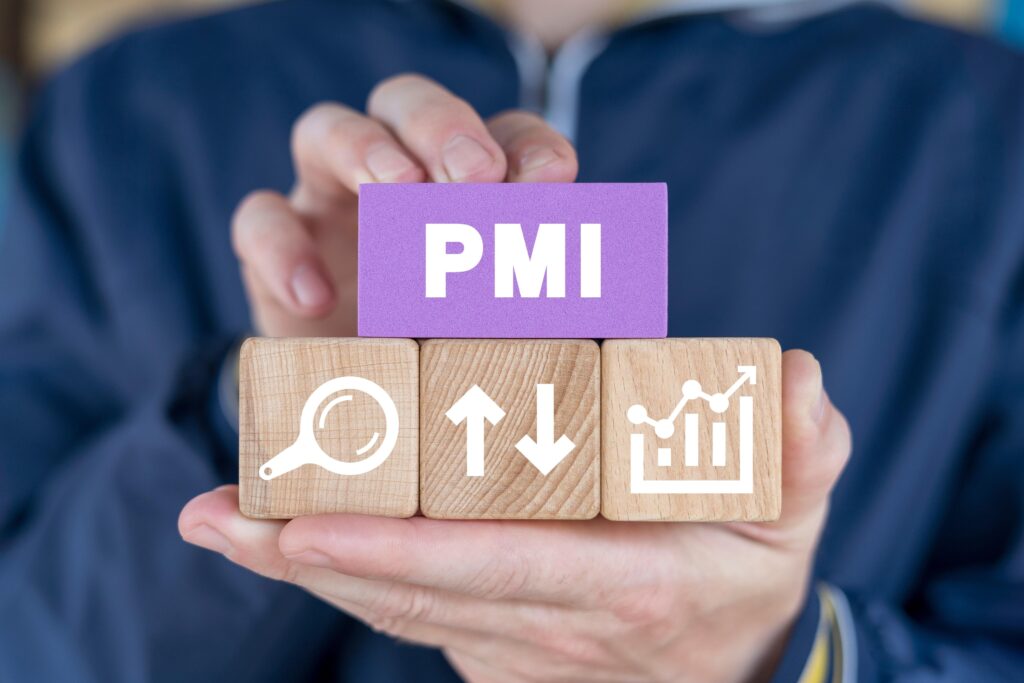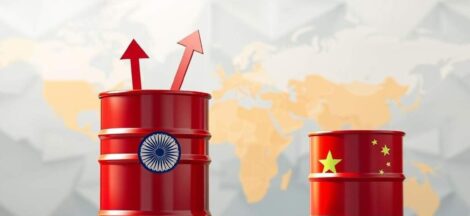NEW DELHI: India’s private sector growth moved up a gear during the month of May with the HSBC Flash India Composite PMI Output Index climbing to a 13-month high of 61.2 in comparison to 59.7 in the previous month, preliminary data compiled by S&P Global showed on Thursday. The strongest month-on-month growth since April 2024 was driven largely by gains in the services sector. There was a mild loss of growth momentum in the manufacturing industry but service providers reported the fastest rise in output in 14 months, it said.
The survey respondents cited strong influxes of new business, both from domestic and international markets for quicker expansions in business activity and employment. There was also an improvement in business confidence for the first time since January. In terms of inflation, the HSBC Flash PMI data revealed the fastest increases in input costs and output charges since late 2024.
Pranjul Bhandari, Chief India Economist at HSBC, said, “India’s flash PMI indicate another month of strong economic performance. Growth in production and new orders among manufacturing firms remains robust, despite a marginal cooling from the rates of increase observed in April. Notably, there is a firm pick-up in employment, especially in the service sector, suggesting healthy job creation accompanies the expansion of both India’s manufacturing and service sectors.”
The HSBC Flash India Manufacturing PMI – a weighted average of the new orders, output, employment, suppliers’ delivery times and stocks of purchases indices – showed slight change at 58.3 in May from April’s reading of 58.2, showing consistency with a sharp improvement in the health of the sector.
While goods producers indicated the slowest increase in output for three months during May, service providers reported the fastest rise since March 2024. At the composite level, the latest upturn was the quickest in just over a year. Companies attributed growth to buoyant demand, investment in technology and expanded capacities. However, some firms nevertheless stated that competition, price pressures and the India-Pakistan conflict negatively impacted their operations.
Similar to the trend for output, there was a pick-up in growth of new orders at services firms and a slowdown at goods producers. Given the size of India’s service economy, aggregate sales increased at the fastest pace since April 2024.
Per the survey report, order books were supported by strengthening international demand for Indian goods and services, with the private sector registering the fastest rate of increase in exports in a year. Growth in non-domestic sales in the service economy accelerated to the quickest in 11 months, which more than offset a slowdown in the manufacturing industry.
The S&P Global release maintained that the ongoing job creation enabled companies to stay on top of their workloads in May. Not only did employment continued to increase, it said, growth also hit a fresh series record (since December 2005).
Full- and part-time staff had been recruited on permanent and temporary bases. Several companies mentioned that hiring efforts added to their operating expenses in May, with raw materials also cited as a source of inflationary pressures. Across the private sector, the rate of input cost inflation hit a five month high and this acceleration was widespread across the manufacturing and service economies.
Prices for Indian goods and services went up faster in May, reaching the highest level in six months. Manufacturing companies saw the biggest price rise in over 11 years. According to the survey participants, strong demand made it easier for them to pass higher costs on to customers.
Source: The Financial Express




 RBI Bulletin Sees High Gold Prices Pushing Core Inflation
RBI Bulletin Sees High Gold Prices Pushing Core Inflation 